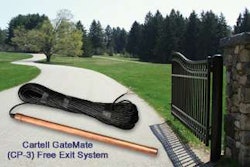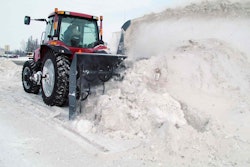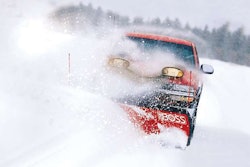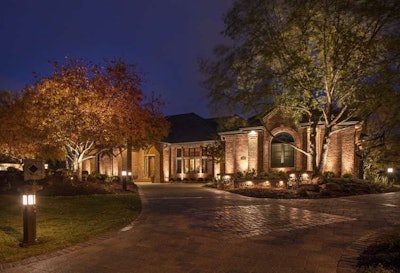
Lighting
Lighting should be an important consideration for any landscape design. Particularly for those who enjoy entertaining into the evening hours, footpaths at entryways and main pathways should be well-lighted and free of obstacles. In areas with less traffic, consider motion-activated lights. These devices not only provide illumination for family members and guests, but they’re also a burglary deterrent. Landscaping itself tends to discourage thieves since a well-maintained lawn suggests the home’s occupants are attentive to what happens on the property.
Level surfaces
Paved walkways and other hardscapes on a property should be constructed with safety in mind. Materials should be textured to reduce the risk of slipping. Also, materials that easily crack, such as concrete, can result in uneven areas that can cause tripping. Avoid the use of materials better suited for indoor spaces, such as ceramic tile, and use real stone, pavers, or decking instead.
Toxic plants
If small children spend time in yard areas, consider the toxicity of the plants being used for landscaping. Some common plants are poisonous if ingested. Oleander (Nerium oleander), larkspur (Delphinium sp.), Sago Palm (Cycas Revoluta), Rhododendron, Azalea and yews (Taxus sp.) are all poisonous plants that should be planted with caution. Also, avoid plants with thorns or spines that can cause injury.
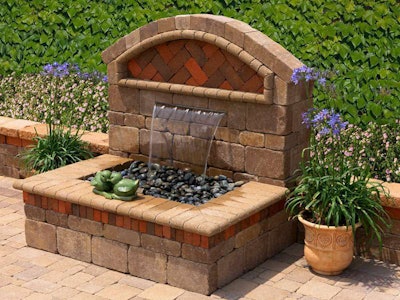
Well-designed landscaping often includes a number of water features that help to create a tranquil and relaxing environment. However, water features can also create a number of hazards. Ponds present a potential drowning risk for small children. Also, pools of water can become breeding grounds for disease-carrying mosquitoes, so make sure you install a pump with a timer set to run at least once a day.
Fire hazards
If you live in an area vulnerable to seasonal wildfires, you must be particularly careful about landscaping hazards. Choose hardwood trees that are less flammable such as maple (Acer macrophyllum), catalina cherry (Prunus illifolia), and coast live oak (Quercus agrifolia), as well as fire-resistant shrubs such as lemonade berry (Rhus integrifolia), coffee berry (Rhamnus californica) and California lilac (Ceanothus sp.). Keep branches trimmed, particularly on trees that stand close to houses and other structures. Avoid planting smaller plants under larger ones to prevent ground fires from climbing upward. Use non-flammable materials such as rock mulch, stone walls, and brick pavers to keep fires away from buildings.
Security cameras
With today’s technology, you can install security cameras on a client’s property easily and inexpensively. All homeowners can benefit from the additional security at back and front entrances, as well as areas under large windows or patio doors.

